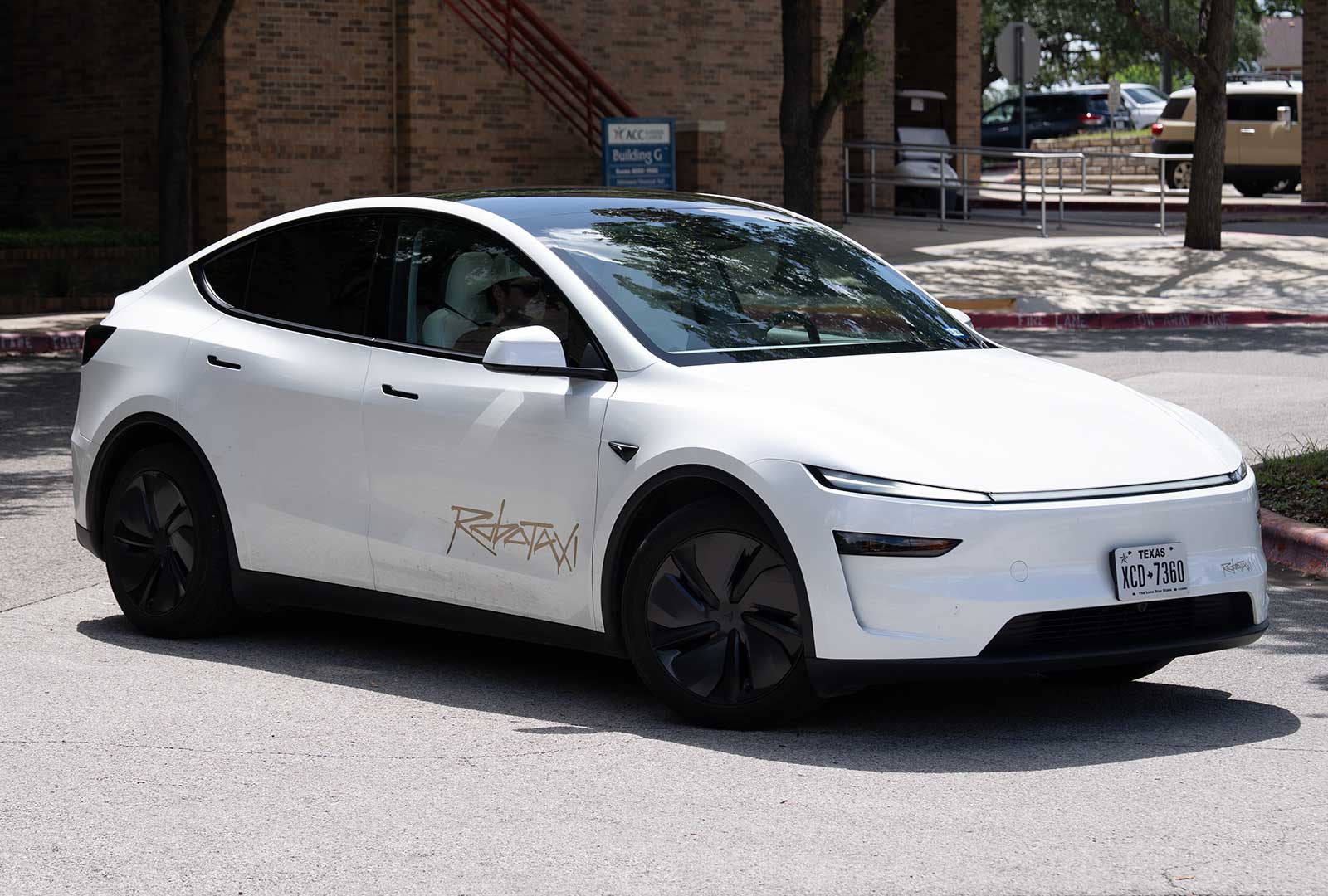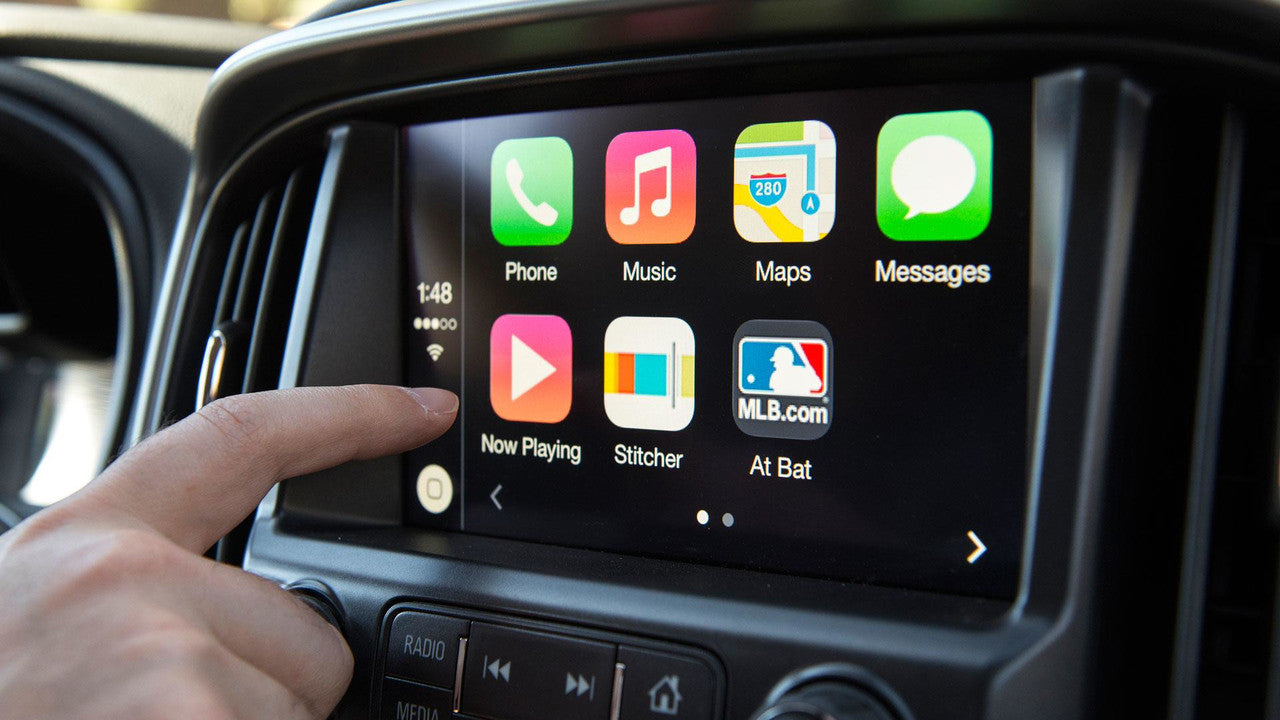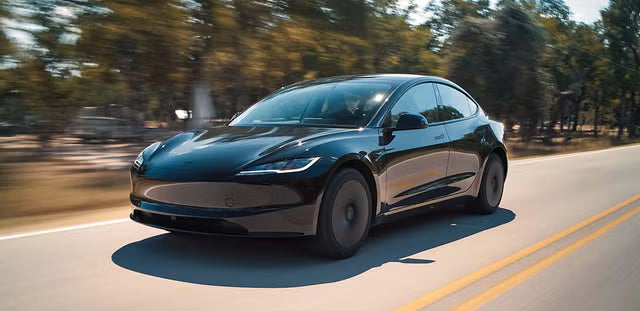A recent analysis conducted by EIT Urban Mobility and Transport for London quantifies an important environmental benefit of battery-electric vehicles (BEVs) beyond their well-known zero tailpipe emissions: an 83% reduction in brake dust pollution compared to conventional vehicles.
As vehicle fleets electrify, concerns about non-exhaust emissions—specifically those caused by brake and tire wear—have gained attention. Critics often point to these sources as potential drawbacks of electric vehicles. However, this new research shows that regenerative braking technology in BEVs dramatically reduces reliance on traditional friction brakes, thereby cutting brake dust emissions by a substantial margin.
The study focused on major European cities such as London, Milan, and Barcelona. It found that BEVs reduce brake dust emissions by 83%, while hybrids and plug-in hybrids achieve lower but still meaningful reductions between 10% and 66%. Although electric vehicles tend to be heavier on average, primarily due to their battery packs and market trends favoring larger models, the study notes that brake dust particles are far more harmful to human health than tire wear, which slightly increases with vehicle weight.
Combining brake, tire, and road wear emissions, BEVs produce 38% less particulate pollution than comparable gasoline vehicles, even before considering the elimination of exhaust emissions. This reduction reinforces the substantial air quality benefits of fleet electrification.
The report also highlights the importance of shifting away from private vehicles towards public transit, walking, and cycling, which offer even greater pollution reduction per person-mile. Electric buses, for example, outperform diesel models significantly, supporting electrification in public transportation.
Additionally, the study recommends advancing lower-wear brake and tire technologies and addressing the environmental impact of increasing vehicle size and SUV market share, trends that contribute to rising non-exhaust emissions.
In summary, while electrification remains critical to improving urban air quality, policies encouraging mode shifting and technological innovation in vehicle components are equally important for sustainable transportation.
Lay Wen








Share:
Rivian’s Upcoming R2: A Serious Contender in the EV Crossover Market
Germans Are Buying More Electric Vehicles — but Tesla Is Losing Ground